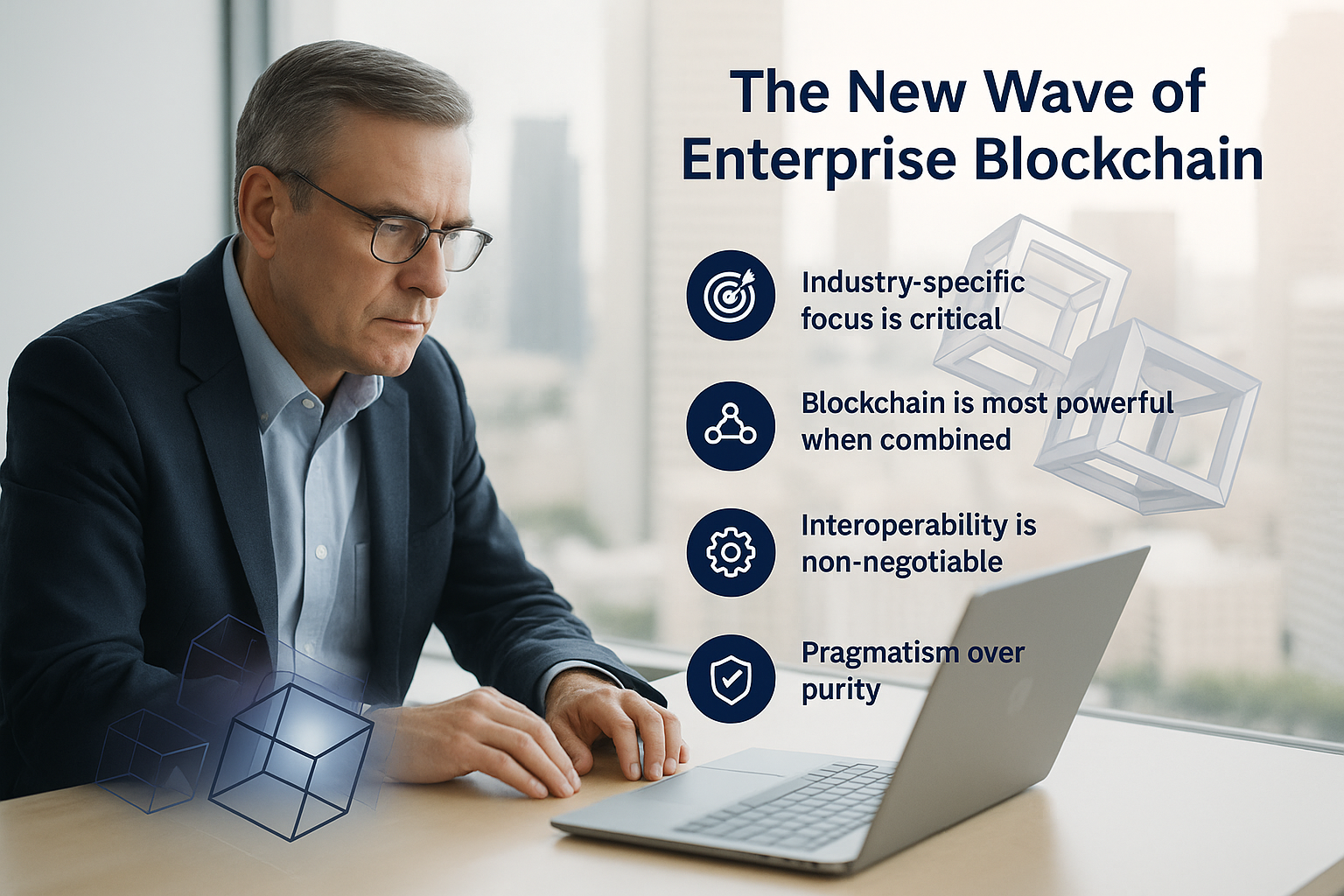VR Beyond Gaming: Industrial Applications Driving Adoption
The Industrial Reality Revolution
While consumer virtual reality has experienced cycles of hype and disappointment, industrial and enterprise VR applications are quietly transforming how companies train employees, design products, and maintain complex systems. At 5IR Funds, we see industrial VR as the beachhead for spatial computing adoption—creating practical value today while establishing the foundation for more immersive technologies.
This divergence between consumer and enterprise adoption creates significant opportunities for founders focused on solving concrete business problems rather than chasing the metaverse vision. Understanding where VR delivers measurable ROI today provides a roadmap for building scalable, sustainable businesses in this emerging sector.
Training and Simulation: VR’s Killer Application
Perhaps no area demonstrates VR’s practical value more clearly than training and simulation. Traditional training approaches often struggle with three key challenges: safety risks in hazardous environments, high costs for equipment or facilities, and difficulty simulating rare but critical scenarios. VR addresses all three simultaneously.
The impact is particularly evident in high-consequence industries. A study by PwC found that VR training was 4 times faster than classroom learning and 275% more confident in applying skills learned after training1. Boeing reported a 40% reduction in training time and a 75% improvement in worker performance after implementing VR training for aircraft assembly2.
Key applications include:
- Medical and surgical training: Allowing doctors to practice procedures without risk to patients
- Hazardous operations: Training for emergency response, industrial maintenance, and military operations
- Soft skills development: Simulating difficult conversations and leadership scenarios
For founders building in this space, the strategic insight is that training applications offer clear ROI metrics—cost reduction, time savings, and improved outcomes—that drive adoption decisions. Solutions that integrate with existing learning management systems and provide analytics on skill development create particularly compelling value propositions.
Remote Collaboration and Digital Twins
As workforces become increasingly distributed, VR offers a more immersive alternative to video conferencing for complex collaborative tasks. Applications that combine virtual environments with digital twins—realistic digital representations of physical assets—are transforming how teams collaborate on engineering, design, and maintenance.
Companies like Siemens, GE, and Boeing are implementing digital twin environments where geographically dispersed teams can collaboratively inspect, modify, and troubleshoot complex systems. The ROI is substantial: GE reported a 25% reduction in inspection time and a 20% decrease in maintenance costs after implementing VR-based digital twins for turbine maintenance3.
For founders, the opportunity lies in creating industry-specific collaboration environments that incorporate domain knowledge and specialized visualization capabilities. Solutions that integrate with existing enterprise systems like CAD, PLM, and IoT platforms can deliver immediate value while establishing the foundation for more comprehensive spatial computing ecosystems.
Design and Prototyping
Virtual reality is transforming product development by enabling designers and engineers to evaluate virtual prototypes at full scale before physical fabrication. This capability dramatically reduces development cycles and costs while improving final designs.
Automotive manufacturers have been early adopters, with companies like Ford using VR to evaluate vehicle designs and reduce physical prototyping costs by up to 40%4. Similarly, architecture firms are using VR to allow clients to experience buildings before construction, reducing expensive design changes late in the development process.
The key insight for founders is that design and prototyping applications benefit from network effects—as more stakeholders in the development process adopt spatial tools, the value of the platform increases. This creates opportunities for startups building collaborative design environments that connect traditionally siloed teams across organizations.
Customer Experience and Sales
Beyond internal operations, VR is transforming how companies engage customers, particularly for high-consideration purchases where physical experience influences buying decisions.
Real estate provides a compelling example, with VR property tours reducing time-to-sale by up to 31% according to PwC research5. Similarly, furniture retailers like IKEA are using VR to allow customers to visualize products in their homes before purchase, reducing return rates by up to 35%.
For founders, the strategic opportunity lies in creating industry-specific platforms that integrate with existing sales and marketing systems while providing analytics on customer engagement and conversion. Solutions that seamlessly connect virtual experiences to transaction systems create particularly compelling value propositions.
The Industrial Metaverse
While the consumer metaverse concept has struggled to gain traction, the industrial metaverse—persistent virtual environments for industrial operations—represents a more compelling near-term opportunity. Companies like Nvidia, Microsoft, and Siemens are investing heavily in platforms that enable digital twins, simulations, and collaborative workflows at enterprise scale.
This industrial metaverse is less about avatar-based social interactions and more about creating digital representations of physical systems that can be monitored, analyzed, and optimized remotely. The value proposition centers on operational efficiency, predictive maintenance, and collaborative problem-solving rather than entertainment or social connection.
For founders, the key insight is that the industrial metaverse will likely emerge incrementally, building on existing VR/AR applications that deliver clear ROI today. Solutions that solve specific problems while establishing extensible platforms for future capabilities position startups to capture value as this market evolves.
The Path Forward for Founders
The divergence between industrial and consumer VR creates both challenges and opportunities for founders. Several strategies can help navigate this evolving landscape:
- Focus on measurable ROI: Solutions that deliver quantifiable business value drive adoption regardless of broader VR market dynamics.
- Prioritize integration: Enterprise VR solutions must integrate seamlessly with existing systems and workflows to gain adoption.
- Consider hardware-software bundling: For specialized applications, custom hardware configurations can deliver significantly improved experiences while creating defensible business models.
- Build for the future, sell for today: Design architectures that can evolve toward more immersive experiences while delivering immediate value through existing hardware.
Virtual reality represents a powerful example of how emerging technologies often find their first sustainable applications in industrial and enterprise contexts rather than consumer markets. For founders with domain expertise in specific industries and a clear understanding of concrete business problems, industrial VR offers the opportunity to build valuable companies today while positioning for the spatial computing future.
References
- PwC. (2022). The Effectiveness of Virtual Reality Soft Skills Training in the Enterprise.
- Boeing. (2023). Virtual Reality in Aircraft Assembly and Maintenance.
- General Electric. (2022). Digital Twin Implementation and ROI Analysis.
- Ford Motor Company. (2023). Virtual Reality in Automotive Design and Engineering.
- PwC. (2022). Real Estate Technology Adoption Study.



